Wolves are among the most fascinating and diverse animals in the wild, with various species and subspecies adapted to different environments across the globe. While many people are familiar with the iconic gray wolf, there are several lesser-known species that are equally intriguing and unique. These uncommon wolves, often adapted to specific regions or conditions, play crucial roles in their ecosystems and face unique challenges. In this article, we’ll explore the top 8 uncommon species of wolves, highlighting their distinct characteristics and the reasons they stand out in the wild.
Red Wolf (Canis rufus)
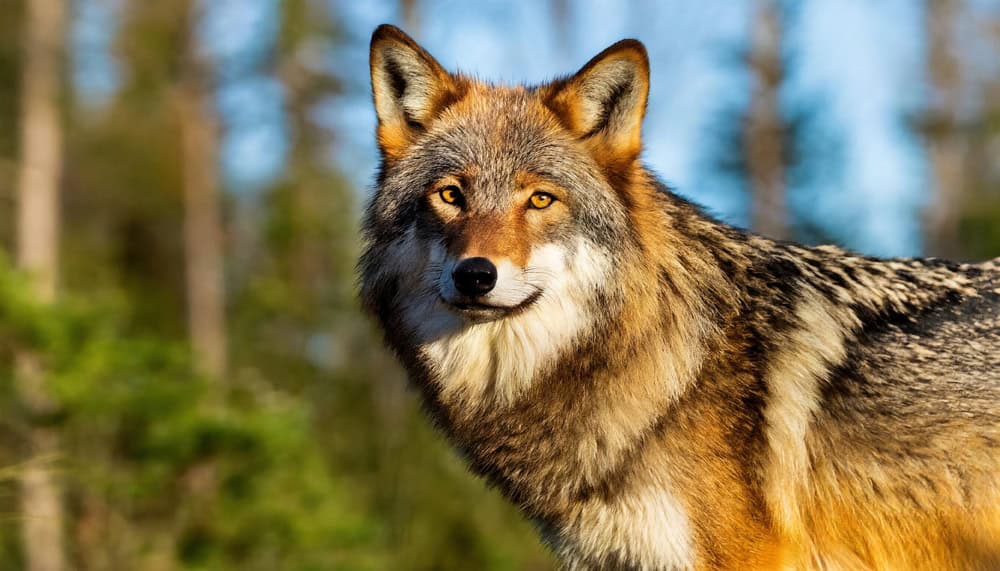
The red wolf, native to the southeastern United States, is one of the world’s most endangered canid species. Distinguished by its reddish fur and smaller stature compared to gray wolves, it was declared extinct in the wild in 1980 but has since been reintroduced through a captive breeding program. The population remains critically low, with less than 100 individuals in the wild. Their uniqueness lies in their distinct genetic lineage, differing significantly from coyotes and gray wolves, and their ability to adapt to varied habitats from swamps to forests.
Mexican Gray Wolf (Canis lupus baileyi)

The Mexican gray wolf, the smallest subspecies of the North American gray wolf, was nearly wiped out due to extensive hunting and habitat destruction. Found primarily in the southwestern United States and northern Mexico, they are distinguished by their smaller size and a mix of gray, black, and brown fur. Intensive conservation efforts, including a successful captive breeding program, have increased their numbers, but they remain one of the rarest subspecies with a population just over 100 individuals in the wild.
Himalayan Wolf (Canis lupus chanco)
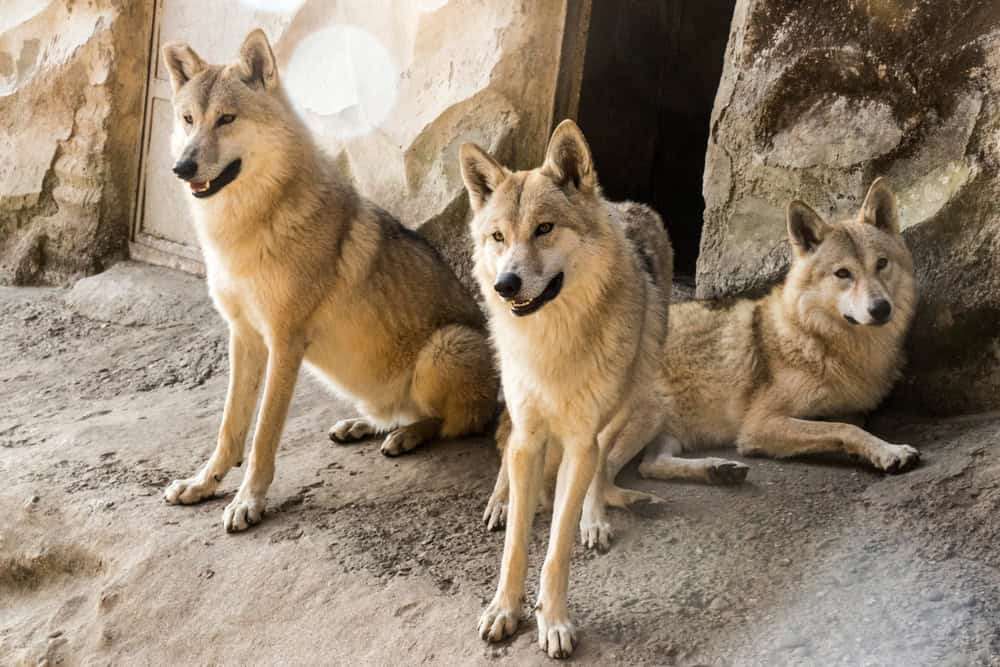
Found in the high-altitude regions of the Himalayas, the Himalayan wolf is adapted to life in some of the harshest climates on earth. This wolf is characterized by its light-colored fur and smaller size, which helps it conserve heat. Genetic studies suggest that it diverged from other gray wolves thousands of years ago, making it one of the oldest lineages of wolves. Despite its distinct genetic makeup and adaptations, the Himalayan wolf faces threats from habitat loss and conflict with livestock owners.
New Guinea Singing Dog (Canis lupus dingo)

The New Guinea Singing Dog, often considered more closely related to dingoes, is a unique wolf subspecies known for its distinctive vocalizations. Native to the highlands of New Guinea, these small, reddish-brown canids have a characteristic melodic howl. Their population is extremely limited, both in the wild and in captivity, making them one of the rarest and least understood wolf subspecies. Their ability to sing in a series of harmonic tones sets them apart from all other canid species.
Vancouver Island Wolf (Canis lupus crassodon)
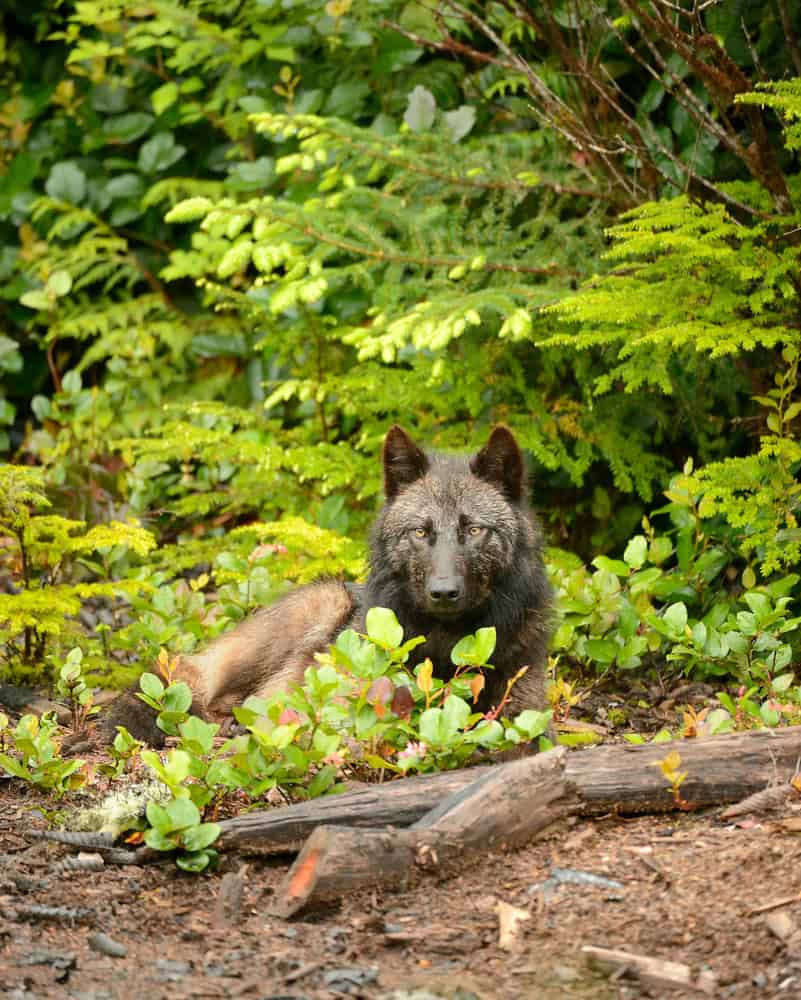
Endemic to Vancouver Island in Canada, this subspecies is known for its isolation and unique hunting strategies, primarily preying on black-tailed deer and marine life. These wolves have adapted to a coastal lifestyle, and their fur tends to be a lighter gray or white to blend in with their environment. With less than 200 individuals, they are critically endangered due to habitat loss and human encroachment. The Vancouver Island wolf’s genetic isolation makes it a distinct and invaluable part of the wolf family.
Arabian Wolf (Canis lupus arabs)
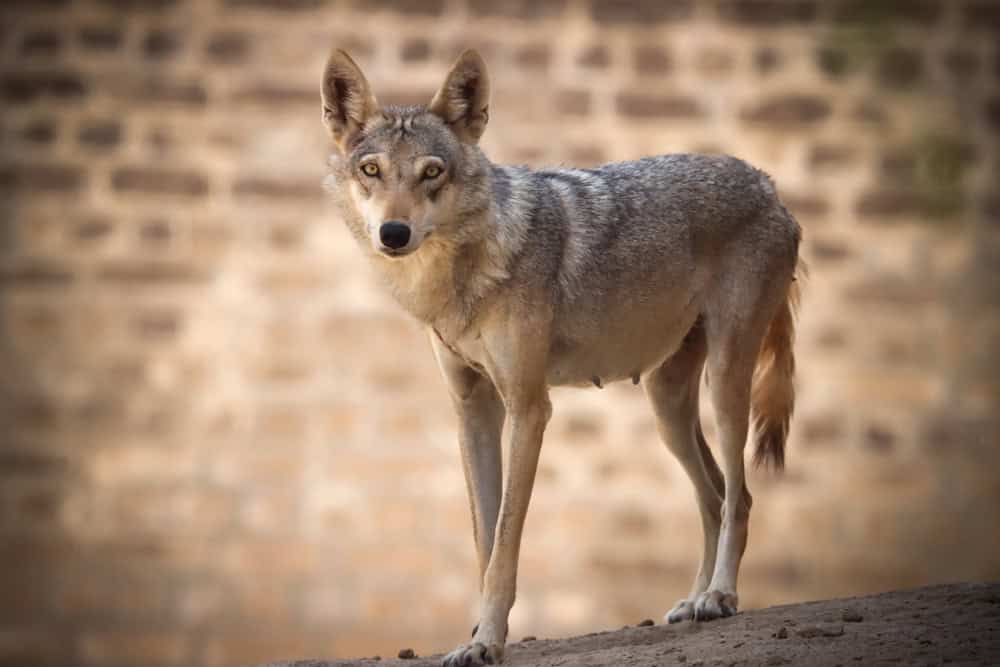
The Arabian wolf, the smallest subspecies of gray wolves, is adapted to the harsh desert environments of the Arabian Peninsula. Weighing around 40 pounds, it has large ears to dissipate heat and a coat that ranges from light gray to beige. Its population is fragmented and declining due to hunting and habitat destruction. This subspecies’ survival in one of the world’s most extreme climates showcases its remarkable adaptability and resilience.
Northern Rocky Mountain Wolf (Canis lupus irremotus)
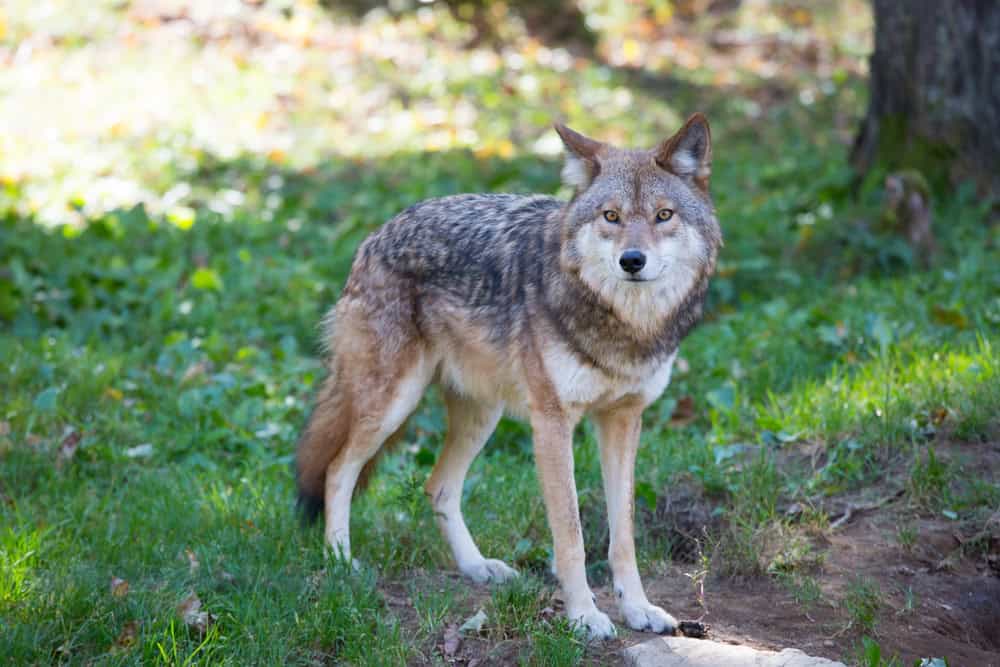
Found in the Rocky Mountains of the United States and Canada, this subspecies was once nearly driven to extinction due to hunting and habitat loss. Characterized by their large size and mixed coat colors, these wolves have made a significant comeback thanks to reintroduction efforts, particularly in Yellowstone National Park. Their presence is vital for ecosystem health, controlling prey populations and supporting biodiversity. However, their population remains controversial and fragile due to ongoing human-wolf conflicts.
Mackenzie River Wolf (Canis lupus mackenzii)
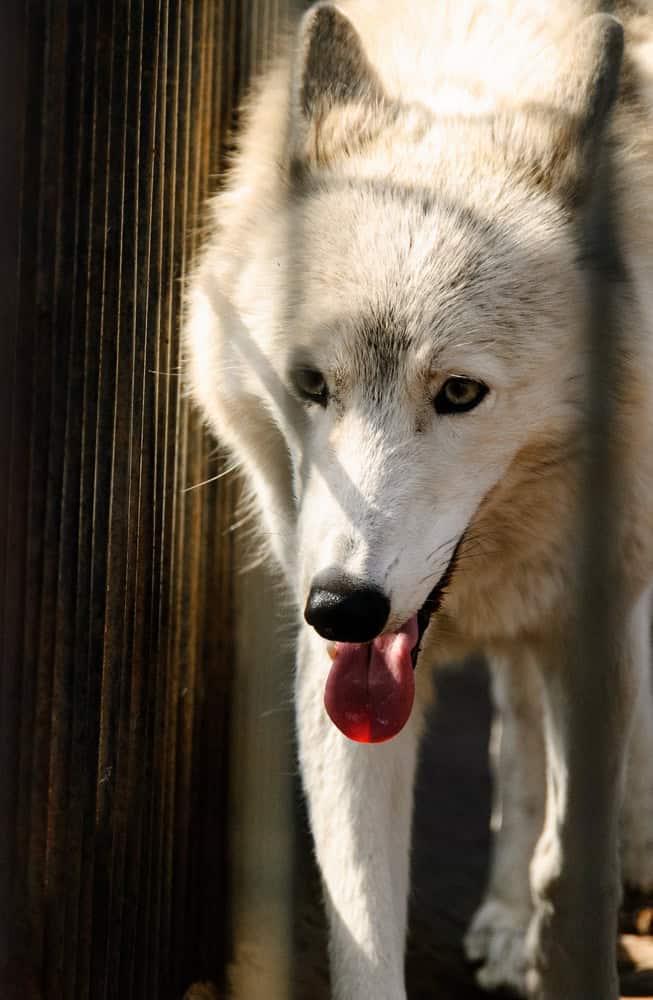
Inhabiting the remote regions of Canada’s Northwest Territories, the Mackenzie River wolf is a large, robust subspecies with a thick coat suited to the harsh Arctic climate. These wolves primarily hunt large ungulates like caribou and muskox. Due to their remote location, they have minimal contact with humans, but climate change and habitat disruption pose significant threats. Their distinct ecological niche and adaptation to extreme cold make them a unique and vital component of their ecosystem.
This article originally appeared on Rarest.org.
More from Rarest.org
14 Most Exclusive Private Clubs in the World

Exclusive private clubs around the world offer unparalleled luxury, privacy, and networking opportunities. From historic establishments in London to modern havens in Tokyo, these clubs cater to the elite, providing top-tier amenities and unique experiences. Read more.
18 Oddest Artifacts Ever Discovered by Archaeologists

Archaeology has unearthed countless artifacts that offer glimpses into the lives and cultures of ancient civilizations. Among these discoveries are objects so peculiar and enigmatic that they continue to baffle and intrigue researchers and enthusiasts alike. Read more.
Top 9 Rare Jewelry Pieces Collectors Love

Collecting jewelry is a passion for many enthusiasts, especially when it comes to unique and highly collectible pieces. From legendary diamonds with fascinating histories to intricately designed masterpieces by renowned jewelers, these items are not only stunning but also hold significant value. Read more.
